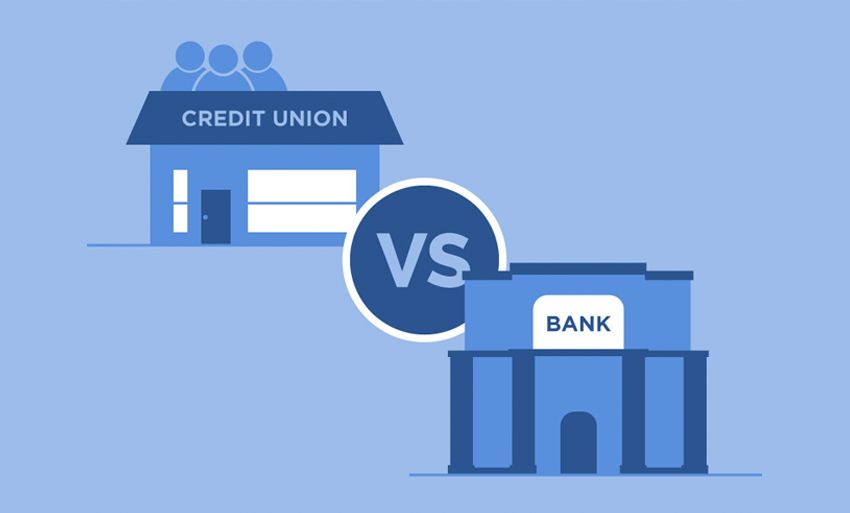Tax Benefits Of ETFs: How To Minimize Liabilities And Maximize Gains

Introduction
Investing in exchange-traded funds (ETFs) offers numerous benefits to investors. Besides diversification and low fees, ETFs also provide tax advantages that can help individuals minimize liabilities while maximizing gains. In this blog post, we will explore the tax benefits of ETFs and discuss strategies for optimizing your investment approach. Whether you are a novice or an experienced investor, understanding the tax implications of ETFs is crucial to maximizing your wealth and achieving your financial goals.
Understanding ETFs: A Brief Overview
Before diving into the tax benefits of ETFs, let's take a moment to understand what ETFs are. Exchange-traded funds are investment vehicles that represent a basket of securities, such as stocks, bonds, or commodities. They are similar to mutual funds but trade on stock exchanges like individual stocks.
ETFs offer investors the opportunity to gain exposure to a diversified portfolio of assets without having to buy each security individually. This makes ETFs an efficient and cost-effective way to invest in various asset classes. Now, let's explore the tax advantages that come with investing in ETFs.
Tax Advantages of ETFs
3.1. Capital Gains Tax Efficiency
One of the significant tax benefits of ETFs is their capital gains tax efficiency. ETFs are structured in a way that allows investors to limit their capital gains tax liability.
Unlike mutual funds, which are regularly required to buy and sell securities based on investor demand, ETFs generally have a "buy and hold" strategy. This means that ETF managers don't need to sell securities frequently, which reduces the likelihood of generating capital gains. As a result, investors can defer triggering taxable events until they decide to sell their ETF shares.
3.2. Intraday Trading and Tax Efficiency
ETFs are similar to stocks and can be traded throughout the trading day. This intraday trading feature allows investors to take advantage of tax-saving strategies like tax-loss harvesting.
Tax-loss harvesting involves selling securities at a loss to offset capital gains realized from other investments, thereby reducing the overall tax liability. Since ETFs trade like stocks, investors have greater control over when capital gains or losses are realized, making tax-loss harvesting more flexible and effective.
3.3. Tax Deferral with ETFs
Another tax advantage of ETFs is tax deferral. As mentioned earlier, ETFs are structured so that investors can defer triggering taxable events until they sell their shares.
This provides investors the benefit of potentially delaying the realization of capital gains until a more tax-efficient period. By deferring taxes, investors have the opportunity to compound their gains over time, leading to greater long-term wealth accumulation.
3.4. Tax Loss Harvesting
Tax loss harvesting is not only applicable to individual securities but also to ETFs. Like individual stocks, ETFs can experience price declines, providing investors with an opportunity to harvest tax losses.
By selling ETF shares at a loss, investors can offset capital gains from other investments while maintaining a similar exposure to the market through a different ETF. This strategy helps to reduce taxable income and, in turn, minimize overall tax liabilities.
Tax Considerations when Investing in ETFs
4.1. Dividends and Taxes
While ETFs offer tax advantages, it's important to consider the tax implications of dividends. Dividend distributions made by ETFs are typically subject to income tax.
Dividends can be classified as qualified or non-qualified. Qualified dividends are subject to lower tax rates, aligning with the long-term capital gains tax rates. On the other hand, non-qualified dividends are taxed at the investor's ordinary income tax rates.
Understanding the types of dividends and their implications will help investors make informed decisions regarding their tax planning and investment strategies.
4.2. Potential for Capital Gains Distributions
ETFs, like mutual funds, can also distribute capital gains. These gains may arise from the sale of underlying securities within the ETF portfolio.
Investors should be aware that capital gains distributions may trigger taxable events, even if they haven't sold any ETF shares. These distributions are subject to capital gains taxes, so it's important to consider the timing of any potential distributions regarding your overall tax planning.
4.3. Exchanging ETFs
Investors may choose to exchange their ETF shares for another ETF within the same fund family. This exchange process, known as "in-kind" exchanges, is usually a tax-free transaction.
However, it's essential to understand that exchanging ETFs may still result in potential tax implications. Any capital gains or losses embedded in the shares being exchanged may be realized. Investors should carefully consider the tax consequences of exchanging ETFs and consult with a tax professional if needed.
Strategies for Maximizing Tax Benefits with ETFs
5.1. Buy and Hold Strategy
As mentioned earlier, ETFs are typically more tax-efficient than mutual funds because of their "buy and hold" strategy. Investors can maximize their tax benefits by adopting a long-term buy-and-hold approach to minimize short-term capital gains taxes.
By holding ETF shares for more than one year, investors can take advantage of the favorable long-term capital gains tax rates. This strategy also reduces portfolio turnover and potential capital gains distributions, leading to a more tax-efficient investment approach.
5.2. Asset Location Strategy
Implementing an asset location strategy can further optimize tax benefits. This strategy involves placing investments with the highest tax implications, such as bonds or high-dividend stocks, in tax-advantaged accounts like IRAs or 401(k)s.
By doing so, investors can minimize the taxable income generated from these investments and reduce their overall tax liabilities. Placing tax-efficient investments, such as ETFs that generate fewer dividends, in taxable accounts can further enhance tax efficiency.
5.3. Tax-Efficient Portfolio Rebalancing
Portfolio rebalancing is a technique used to maintain an appropriate asset allocation. Investors can leverage the tax efficiency of ETFs during the rebalancing process.
When rebalancing, investors can strategically buy or sell ETFs without triggering significant capital gains. By focusing on tax-efficient ETFs and minimizing taxable events, investors can ensure their portfolio remains aligned with their investment objectives while minimizing tax liabilities.
5.4. Managing Dividends
Investors should pay attention to the dividend distribution schedules of ETFs. For tax planning purposes, it may be beneficial to avoid purchasing ETFs immediately before their ex-dividend date.
By doing so, investors can minimize the tax liability on dividends received within a short period. This strategy may be especially relevant for investors in higher tax brackets who are seeking to optimize their taxable income.
5.5. Tax-Efficient ETF Selection
Lastly, investors should consider the tax efficiency of the ETF itself when selecting investments. Not all ETFs are created equal in terms of tax benefits.
Factors like turnover ratio, tracking methodology, and underlying asset characteristics can impact an ETF's tax efficiency. Investors should research and select ETFs with low turnover, efficient tracking mechanisms, and a focus on tax optimization to maximize their overall tax advantages.
End Line
Investing in ETFs provides individuals with a dual benefit of portfolio diversification and tax advantages. By understanding the tax benefits of ETFs, investors can design strategies that minimize liabilities and maximize gains.
Capital gains tax efficiency, intraday trading opportunities, tax deferral, and tax loss harvesting are some of the essential tax advantages that ETFs offer. It's important to consider tax implications related to dividends, capital gains distributions, and ETF exchanges.
Moreover, employing tax-efficient strategies such as adopting a buy-and-hold approach, asset location strategy, tax-efficient portfolio rebalancing, managing dividends, and selecting tax-efficient ETFs can further enhance the overall tax benefits.
To make the most of these tax benefits, it's crucial to consult with a qualified tax advisor or financial professional who can provide personalized guidance based on your financial goals and individual circumstances. By taking advantage of the tax benefits offered by ETFs, investors can build wealth while minimizing tax liabilities.
Also Read...




